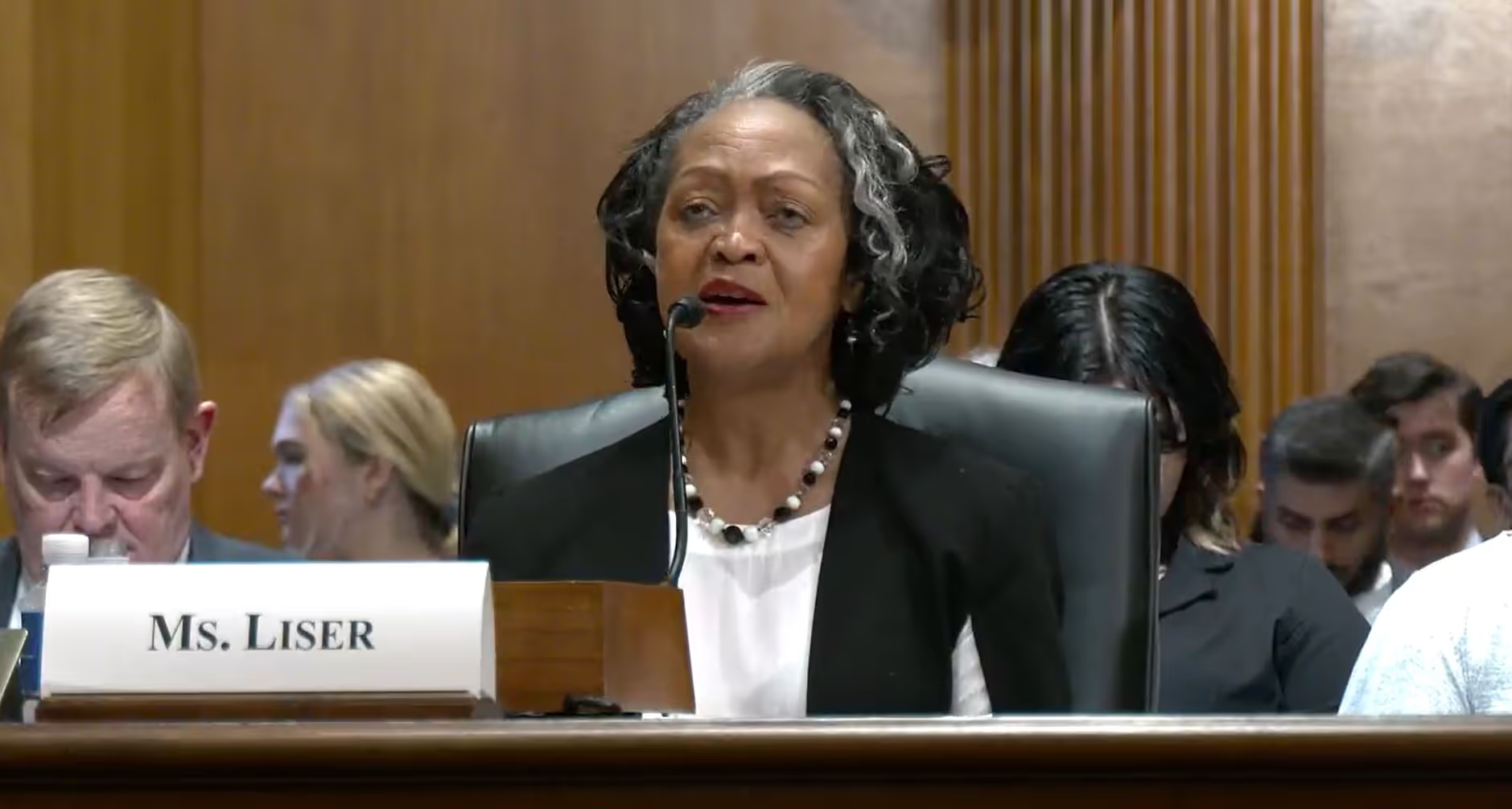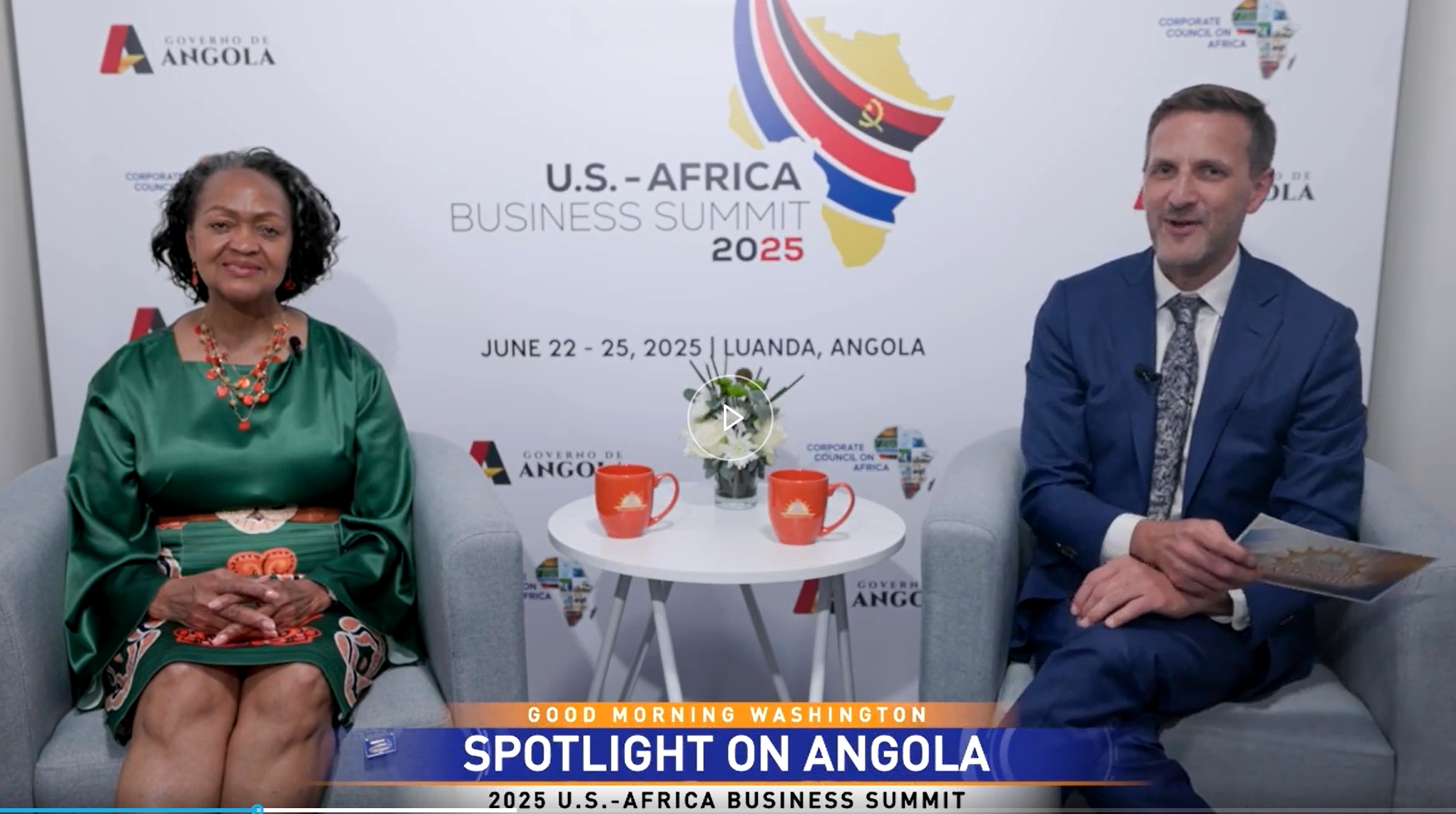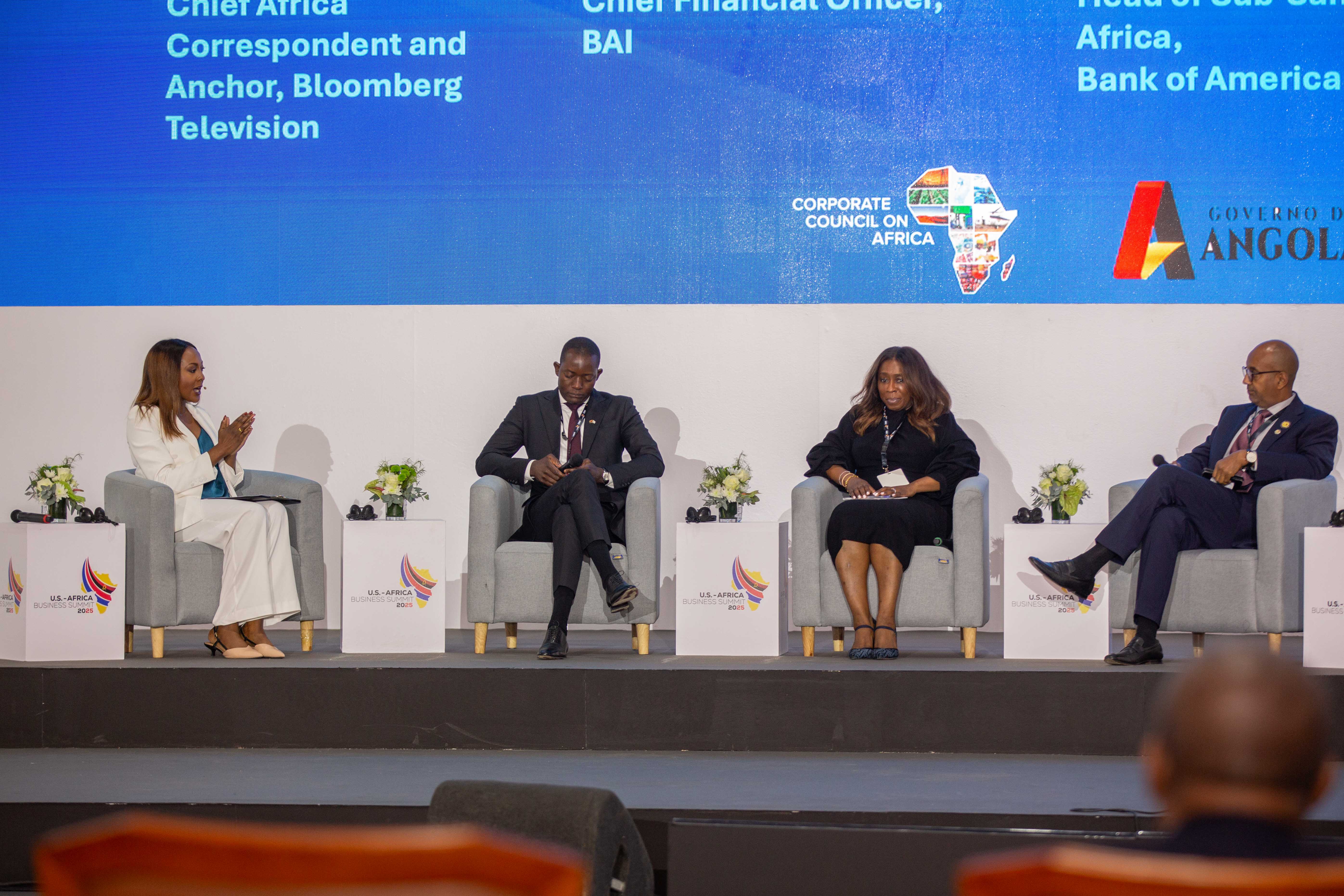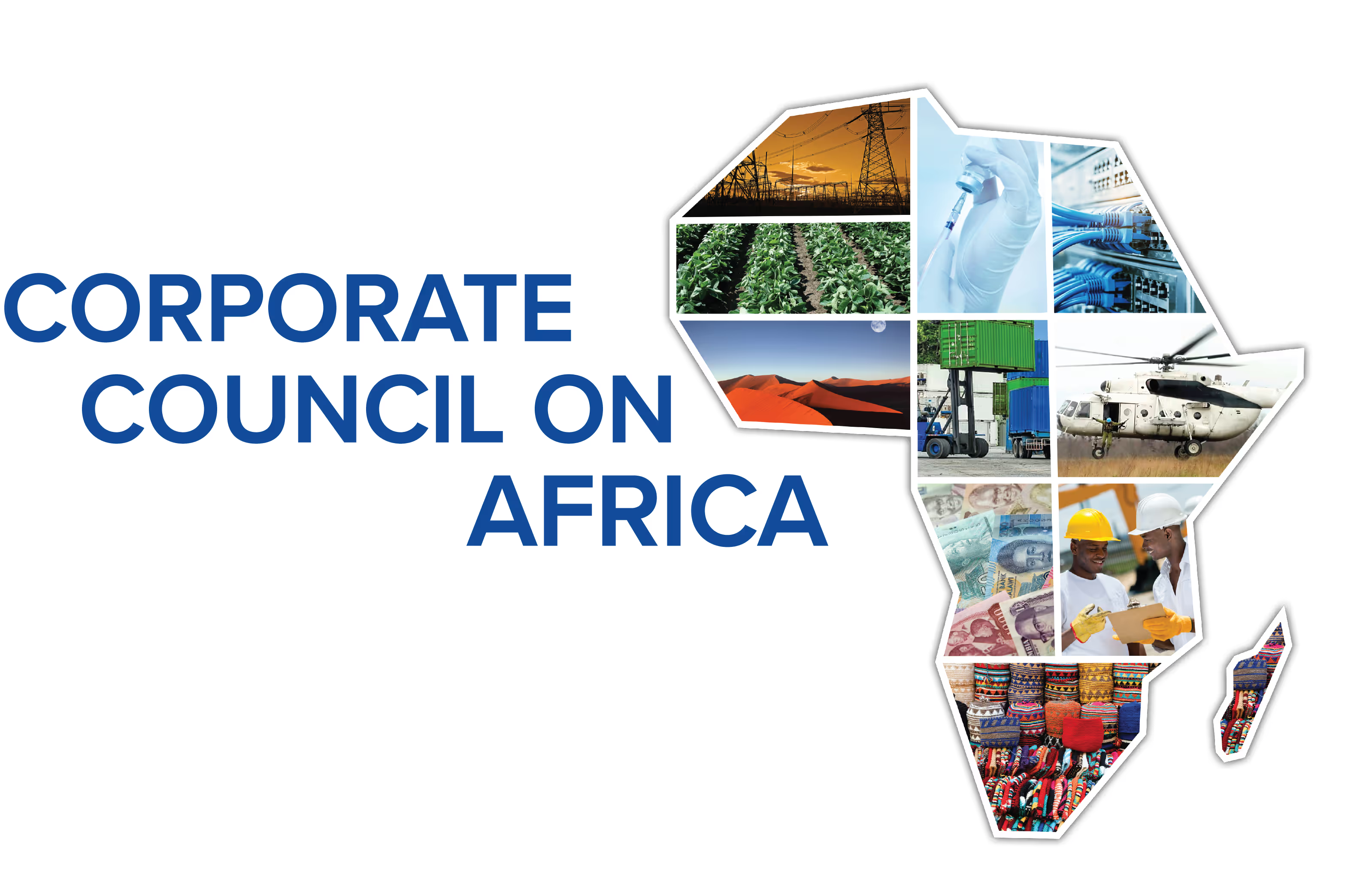Testimony of Florizelle Liser at the Hearing on the African Growth & Opportunity Act

Good morning. I am Florie Liser, the President and CEO of the Corporate Council on Africa. On behalf of my board and members, I want tothank Chairman Wyden, Ranking Member Crapo, and Members for the opportunity totestify before the Senate Finance Committee today on the importance of renewingthe African Growth and Opportunity Act (AGOA).
In a world full of pressing challenges that tend todominate the headlines, it can be easy to overlook the significant changes thatare happening in Africa. You will all befamiliar with the long-term population dynamics that will see the continent’spopulation double over the next two decades, making Africa both the largestsource of workers as well as an increasingly important market for companiesacross the globe. African leaders understandthat this dynamic is a potentially huge asset that can drive their economicdevelopment if they can put the right policies in place to create the jobs thatall those young people will need. African leaders are already actively pursuingprivate sector investment and global partnerships to jump start this process. Many of them are looking to the United Statesas an important partner, as we saw with the State Visit of Kenyan PresidentRuto to Washington two weeks ago and the robust representation of 16 Africandelegations, including six Heads of State, at the CCA U.S.-Africa BusinessSummit in Dallas one month ago.
Since 2000, the African Growth and Opportunity Act, orAGOA, has been the primary tool for American economic engagement withAfrica. As such, AGOA has taken on astrategic element that makes it much more than ‘just a trade program’ forAfrican countries. As AGOA’s current authorizationnears its expiration in 2025, I would encourage the Committee to take accountof AGOA’s importance in the overall U.S.-Africa strategic relationship, andwould offer four main points for your consideration today.
The first is about the broader context in whichtoday’s discussion of AGOA renewal takes place. Africa in 2024 is very different than the Africa of 2000, when AGOAfirst went into effect. Through theAfrican Continental Free Trade Agreement (AfCFTA), African countries arecreating a much more harmonized and unified market by reducing and removingboth tariffs and non-tariff barriers. This is making it much more commercially feasible for African companies andothers sourcing from Africa (like the United States) to create the networks andregional value chains that will make African suppliers more competitive anddiversify out of China, while also expanding intra-African trade as well as thecontinent’s trade with global partners like the United States.
While AfCFTA should be a game-changer for Africa, itssuccess will depend on access to markets. In that regard, continued access to the U.S. market under AGOA will becritical to retain current and attract new investment. There are few steps that the United Statescould take that would be more significant than renewing AGOA for at least tenyears in 2024 in terms of sending a powerful signal to companies, American aswell as African, that the United States supports Africa’s development as wellas stronger U.S.-Africa trade, investment, and commercial ties.
The evolution of AfCFTA and creation of regional valuechains will also address one of the concerns about relatively low utilizationrates under AGOA. As these value chainsdevelop, African companies are more likely to be able to meet the scale andsophistication that the U.S. market tends to require.
The second related point I would offer is that theUnited States should adapt how it frames trade and investment issues withAfrica to match this evolution in the African market. Understandably, we have tended to focus overthe last 24 years on country-by-country analysis of AGOA utilization to assessor rate AGOA’s success and how well the United States is doing in terms of itsbroader trade and investment strategy with Africa.
We can and should think much bigger than that. African institutions have targeted fourpriority sectors to drive investment and job creation under AfCFTA, including automotives,agribusiness, transportation and pharmaceuticals, while also expanding thecapacity of enabling sectors like energy and ICT. These sectors all play to the strengths ofAmerican companies and offer a tremendous opportunity to deepen our trade andinvestment ties with our African partners.
The United States should adapt how we measure successto focus more on engagement in these priority sectors, as well as trade andinvestment at the regional level working with African Regional EconomicCommunities (RECs) and with the AfCFTA at the continental level to foster Africaneconomic integration and the creation of regional and global value chains. We should be focused on steps we can take toencourage more American companies to invest as well as trade with Africanpartners. We should also develop toolsto reward regions and sectors for integration, such as lines of credit throughEximbank or DFC, rather than looking for ways to penalize countries for insufficientutilization rates.
The third point is that the United States should alsoexpand its range of strategic tools to achieve a broader, refreshed set ofstrategic objectives for U.S.-Africa economic engagement. AGOA was never intended to be the ‘be-alland end-all’ of U.S. trade and investment policy towards Africa but has becomethe single bucket into which advocates of stronger ties with Africa look toinclude everything we’re doing.
We should resist that temptation and instead developtools that match the needs of specific sectors or regions. To cite two examples, many have suggestedthat critical minerals and ICT should somehow be part of AGOA. Both are areas where the U.S. should undoubtedlyhave a much stronger partnership with Africa. While both sectors face challenges, the need for U.S. tariff relief isnot a factor for either sector. In thecase of critical minerals, it would make more sense for the Administration tobuild on the Minerals Supply Partnership to craft an outreach to African countries,including some of the innovative work by the State Department to supportbattery councils between Zambia and DRC. Exploring ways that AGOA-eligible countries could be qualified for IRAtax credits might also be useful. Finally, crafting a package of support that includes policy reforms andtechnical assistance for human capacity development and improved mapping, aswell as specific investment credits for the sector, is the kind of approachthat would make sense.
It would make sense for the United States to engageAfrica on a serious discussion about what the long-term trade and investmentrelationship should look like. While itmay not end up being an FTA between the U.S. and all of Africa, it could be aseries of agreements like the U.S.-Kenya Strategic Trade and InvestmentPartnership (STIP) or FTAs with “anchor” countries which would link to regionalgroupings (for example an FTA with Kenya would naturally tie in its EastAfrican Community (EAC) partners). Anotheroption would be to develop protocols or agreements on specific issues. For example, under the USG Digital Trade WithAfrica (DTA) initiative launched at the December 2022 U.S.-Africa LeadersSummit, the United States could explore with Africans how to address digitaltrade issues being addressed in the AfCFTA Digital Trade Protocol adopted byAfrican Leaders just this past February at the African Union (AU) Summit. That would naturally build on the protectionsAfCFTA offers companies investing in Africa, and through a series of FTAs thatinclude market access provisions should begin to level the playing field inAfrica for U.S. companies relative to their European competitors.
Fourth and lastly, I’d like to end with a practicalpitch to renew AGOA as soon as possible this year. Key industries like textiles and appareloperate on 18-24 month lead times, which is beyond the current expiration ofAGOA. The uncertainty about AGOA’srenewal is already causing orders to be cancelled – which will soon starttranslating into factories being closed and people being fired.
I understand and support the argument that this AGOArenewal is a great opportunity to make some changes, and there are severalnon-controversial changes that can and should be made. Finding a way to include North Africa intoAGOA eligibility makes eminent sense, as does modifying the graduation criteriato avoid punishing countries that have made good use of AGOA (like Mauritius) toachieve Middle Income Status. Othernon-controversial changes would include eliminating the textile visa requirement for Africa to harmonize with customs procedures used for most otherapparel exporters, while increasing the apparel quotient base to reflect the current market. It would also be helpful to change the review period to once every three years versus annually. Congress and the Administration would still have the ability to review or remove eligibility very quickly in the event ofan event like a coup. For the vastmajority of AGOA-eligible countries that do not experience those kinds ofdisruptions, switching to a review once every three years would providecompanies greater certainty, encouraging them to invest more and acting as anincentive for countries to remain on track for eligibility. Fewer reviews would also make the programeasier for the U.S. government to administer, freeing up time to work withAfrican countries on improving their trade and investment environment andpursuing broader strategic approaches as outlined above.
CCA notes the longstanding bipartisan and bicameralsupport for AGOA, welcomes the support for AGOA renewal and enhancement reflectedin bills introduced by members including one by Senators Coons and Ritsch,commends this Committee for holding this hearing and urges your work with Housecounterparts to craft an AGOA renewal bill that can hopefully be passed as soonas possible in 2024.
Thanks for the opportunity to speak with you today and I look forward to answering any questions and offering CCA as partner infollowing up from today’s hearing.



